What Are Trade Receivables?

Trade receivables are the total amounts owing to a company for goods or services it has sold, which are reflected in invoices that the company has issued to its clients, but has not yet received payments for. For an invoice amount to be added to trade receivables, full payment must be expected within one year.
Trade receivables are also known as “Account Receivables”.
Here’s What We’ll Cover:
Are Trade Receivables an Asset?
How Can Trade Receivables Be Reduced?
What Does Increase in Trade Receivables Mean?
What Are Nontrade Receivables?

Are Trade Receivables an Asset?
Yes, it is an asset because the trade receivables’ amount is expected to be fully paid off within one year.
Trade receivables can be found on a company’s balance sheet under “Current Assets” and is listed along with:
- Cash
- Foreign currency
- Investments
- Prepaid Expenses
- Inventory (that have not yet been sold)
- Supplies (that have not yet been used)
Trade receivables on a balance sheet will be called “Account Receivables”.
How Can Trade Receivables Be Reduced?
Since trade receivables is the total amount owing to a company, that company will want to see that amount reduced by having its invoices paid faster. Here are some suggestions on how your business can do that:
INVOICE IMMEDIATELY
Often a company will take a week or two (or longer) to get an invoice out after its product has been delivered or it has finished providing a service. That time equates to money. When invoicing is delayed, payment is delayed, meaning the company can’t use those funds for something else. Invoice within 48 hours of fulfilling a client’s request.
MAIL INVOICES AS A LAST RESORT
Electronically send your invoices through email. This will speed up the time it takes for your client to get them, meaning processing is likely to happen sooner.
ESTABLISH PAYMENT TERMS
If you’re not clear on when your company wishes to get paid, then clients can and will take their time paying you. If you need payment quickly, consider “due upon receipt” as your payment term (however, best to ask clients about this in a conversation first, at the beginning of a transaction, rather than surprising them with this information on an invoice).
If you take PayPal or credit card payments, put that information under the payment terms as well. That too can speed up how fast your company receives payment.
CONSIDER DISCOUNTING
Consider offering a discount for clients who pay you early. This does not have to be a large amount, it can be 5% or a flat dollar figure, but if it’s a company that will be doing a lot of business with you, chances are they will appreciate it.
Be specific, include the exact date on the invoice that a payment will have to be received by, to be considered “early” and to receive the discount.
ADD DEPOSITS ON LARGER PURCHASES
Any business that does not collect payment upon delivery, is essentially providing short term credit to their clients. If this is a problem for your small business, or if your larger products are an expense you can’t afford to wait for payment on, consider a new policy requiring a deposit upon ordering. This means before your business has done anything, part of the expense is already paid.
DON’T WAIT ON OVERDUE PAYMENTS
Often a company will follow up on an outstanding invoice, only to be told payment is coming and it never arrives. When payment becomes an issue, consider the relationship with the client, but also take into account that time is money. This is income your company is owed, and that the client is expected to pay. So, don’t wait too long to escalate this to your collection agency. They’re the experts, they will know what to do and will help to ensure you receive payment.

What Does Increase in Trade Receivables Mean?
An increase in the trade receivables amount may mean a company has sold extra product during a certain period, or that they are not getting payments for invoices in fast enough. The ladder is of concern to a company’s management because if the business has a higher ratio of receivables to cash, then that may demonstrate that the company is not effective in collecting on what it’s owed. Or it may mean that the company is dealing with too many risky businesses. If the receivable amount is too low, then perhaps the payments terms are too strict and not enough product is getting sold.
Sometimes, companies are not able to pay the money they owe for a very long time, or ever. The company may have gone out of business, maybe their industry is seeing a downturn in demand, or it simply does not have the cash flow. There is an allowance for this on the vendor’s balance sheet with a line amount called “Allowance For Doubtful Accounts”. This allowance is the expected loss. Companies can calculate the amount a number of ways, but the amount is deducted from the accounts receivable total in the assets section of the balance sheet.
What Are Nontrade Receivables?
Nontrade receivables are income a company receives from sources other than regular product or service sales. Consider nontrade receivables to be items that did not require the generation of an invoice. They include:
- Employee loans
- Wage advances
- Income tax refunds
- Interest payments
- Insurance claims
Nontrade receivables are also classified as current assets; however, they can be moved into noncurrent assets if payment is expected to take more than a year.
RELATED ARTICLES

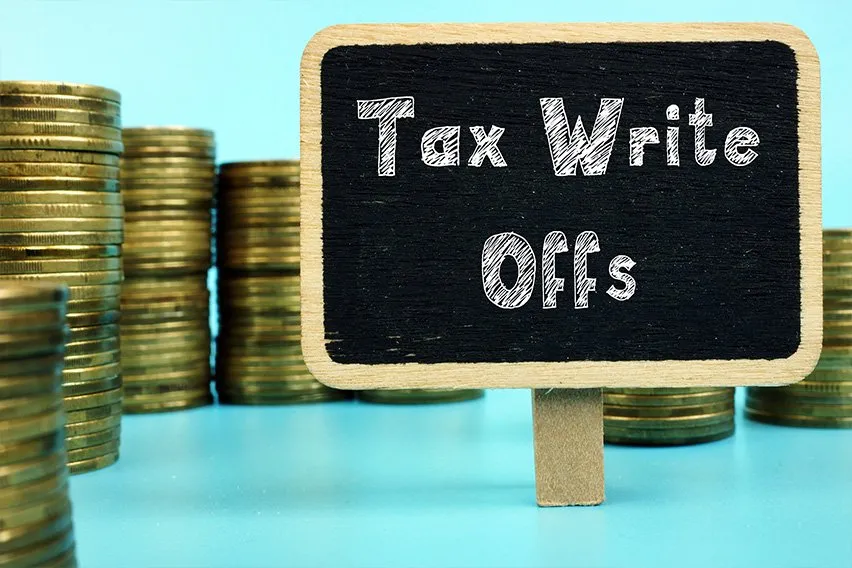 What Is a Tax Write Off? Top 10 Deductions for Businesses
What Is a Tax Write Off? Top 10 Deductions for Businesses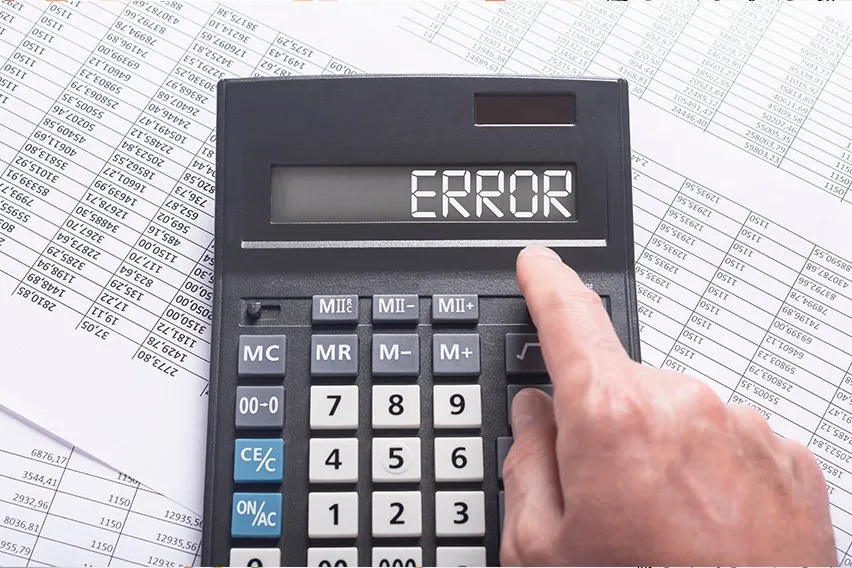 Types of Errors in Accounting: A Guide for Small Businesses
Types of Errors in Accounting: A Guide for Small Businesses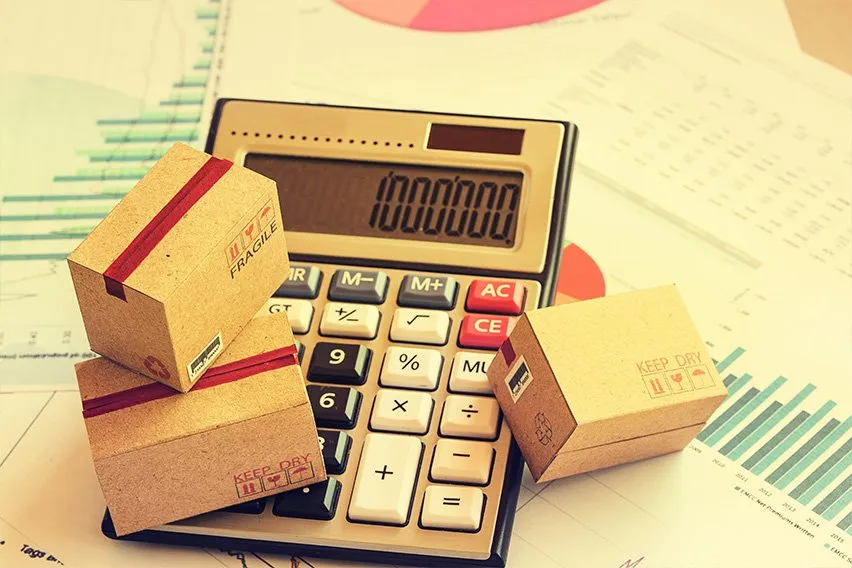 What Is Product Cost?
What Is Product Cost?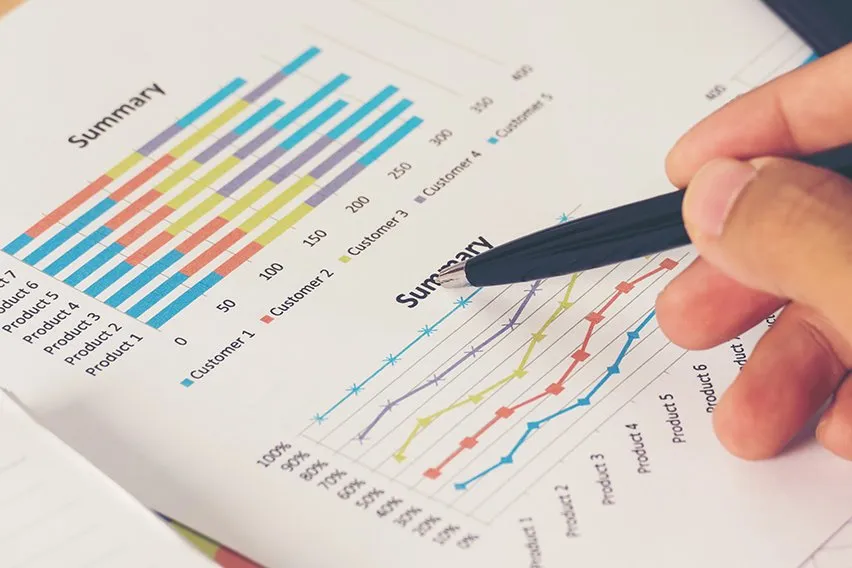 What Is Credit Risk? It’s the Ability to Repay a Loan
What Is Credit Risk? It’s the Ability to Repay a Loan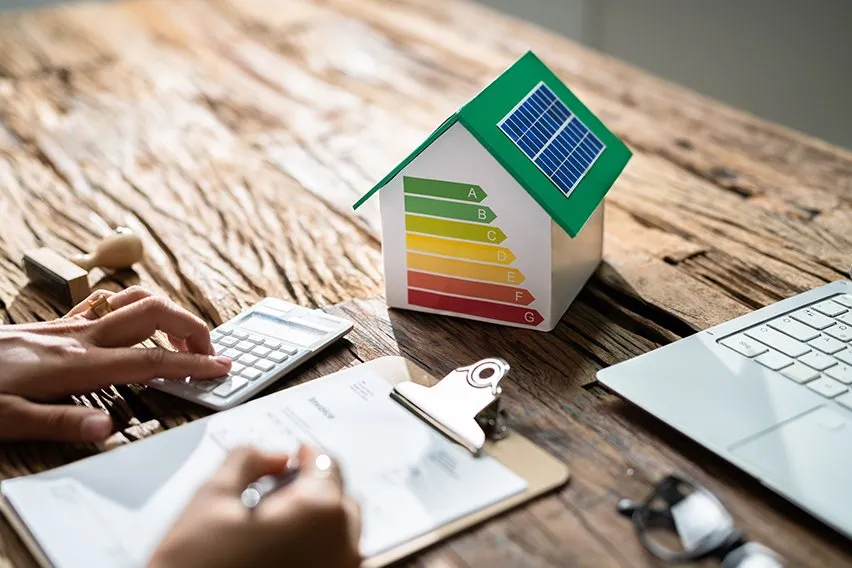 What Are Standard Costs? They’re Estimates
What Are Standard Costs? They’re Estimates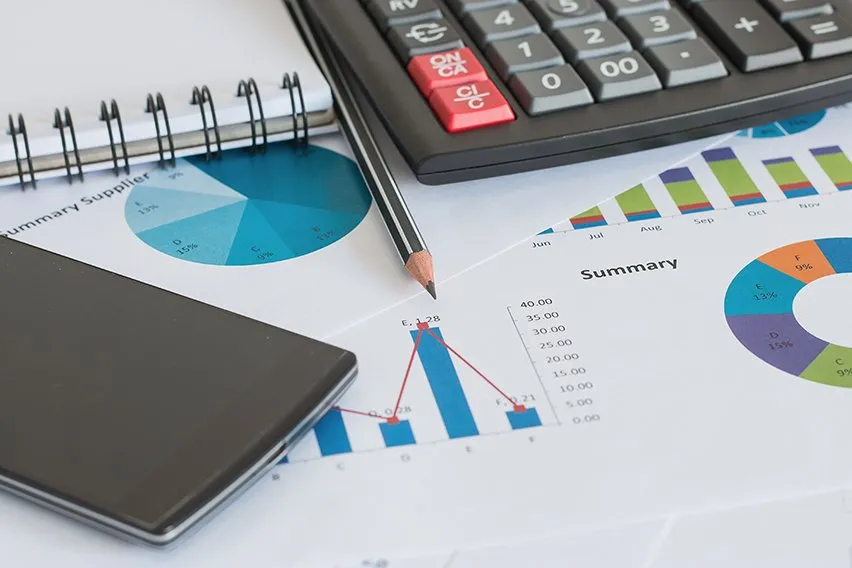 Discontinued Operations: Its Impact on Financial Reporting
Discontinued Operations: Its Impact on Financial Reporting